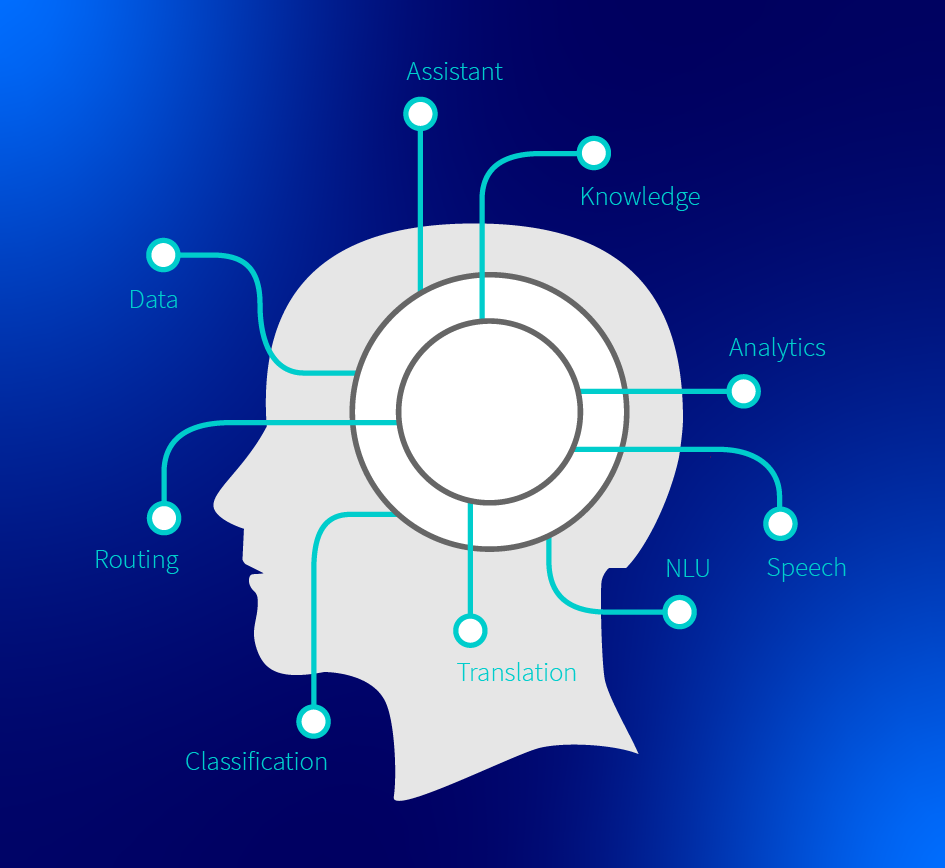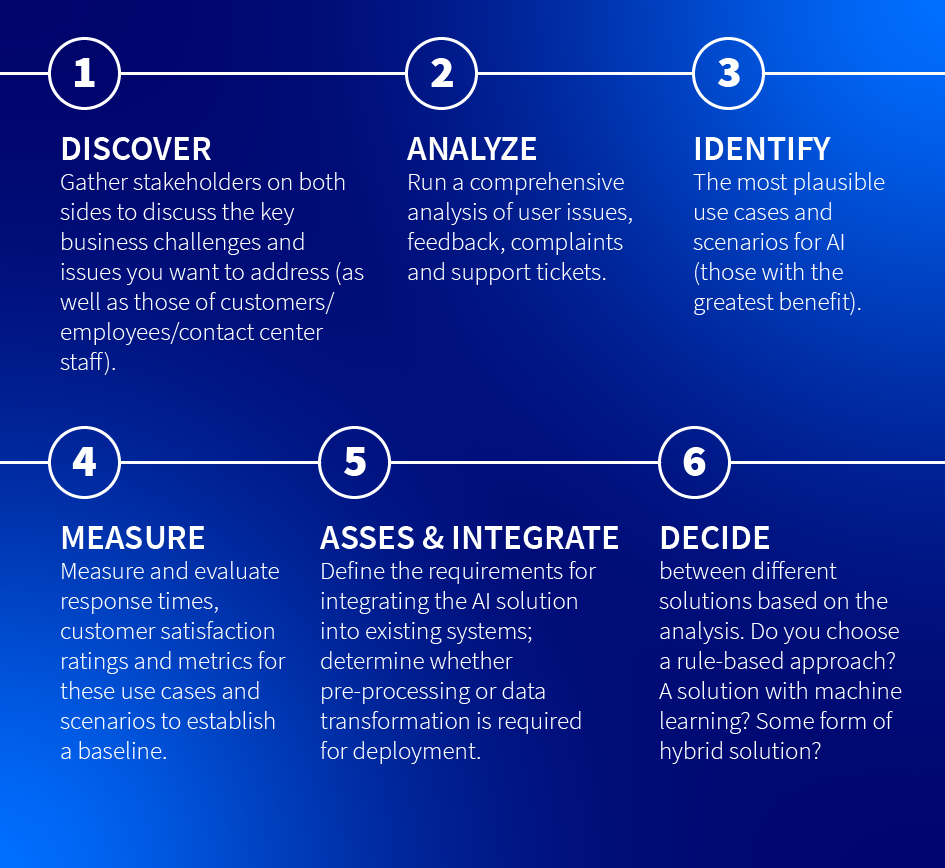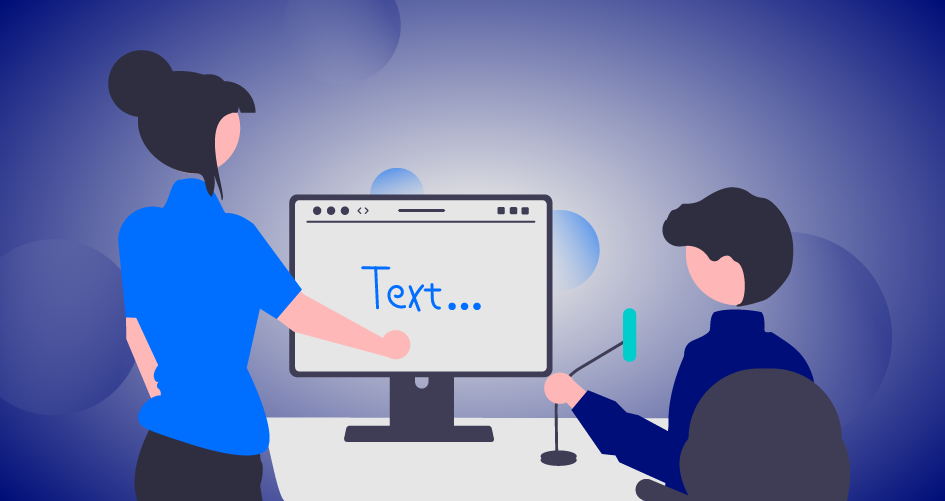After it launched in 2004, Facebook took ten months to reach one million users. It took ChatGPT five days. By the two-month mark, ChatGPT’s user base swelled to one hundred million. Even before this record-setting growth, AI was already firmly part of the new contact center model. AI-powered omnichannel routing and Next Best Action from Salesforce Einstein, for example.
Now that model is evolving with breakneck speed. We see call centers deploying voicebots to effectively—and measurably—deflect cases. Others are augmenting their human agent experiences with AI-powered recommendations for likely solutions, next steps, or even script generation.
Which begs the question: what’s the right balance between generative AI and human agents in the contact center?
Ignore AI contact center technology at your own risk
As trite as it might be, the answer is: it depends. Which should make a lot of sense for contact center leaders, who don’t tend to adopt new tech without plenty of forethought. Why? Because contact centers require major resource investments. Executed poorly, these can be disastrous for operational efficiency and customer loyalty.
What we do know for sure is that the global market for AI chatbots is robust, poised to grow 23.5% in the next seven years. A New York Times survey of what’s next for AI (subscription required) touches on developing use cases that hold great promise for the contact center:
- Instant AI-generated videos
- Multimodal chatbots
- Improved reasoning
- AI agents
- Smarter robots
In addition, MIT Technology Review predicts the rise of “customizable” generative AI chatbots that can not only be trained to handle very specific use cases, but multitask with proficiency yet unseen—at least in the world of contact centers.
All of it potentially very relevant to contact center use cases.
These new developments point to a shift from AI hype to AI deployment, according to analysts at Goldman Sachs. Indeed, the State of Generative AI in the Enterprise report from Deloitte finds that “79% of respondents expect generative AI to transform their organizations within three years. But in practice, they are most focused on gaining practical benefits today.”
Evaluating generative AI for your contact center
To better understand what a deployment looks like for your contact center, it’s important to make a few distinctions.
In our experience, AI chatbots excel at handling simple, repetitive tasks. For example, virtual assistants and conversational IVRs can provide quick solutions, answer FAQs, and handle a high volume of basic transactions—24/7.
On the other hand, human agents excel at complex issues and emotional situations. They can offer empathy, personalized solutions, and handle delicate matters requiring critical thinking. In an ideal world, AI handles the low-touch cases, while passing a lower volume of more complex casework to its human counterparts.
Many contact centers bring the two entities together in some form. For example, Cisco Agent Answers and Salesforce Next Best Action rely on AI to “tee up” optimal solutions for human agents to use for a particular issue. Generative AI chatbots can further augment agent experience with bot-to-agent case handoffs, or AI-powered case wrap-up.
In fact, analytics, speech, translation, classification, and routing (among other functions) all fall within the realm of generative AI chatbot use cases for the contact center:

Given the broad range of use cases, the term “AI chatbot” might be too narrow for what some contact centers in fact need. Many leaders are integrating cloud-based natural language understanding and speech services within the agent and customer experience, significantly enhancing the experience while improving operational efficiency.
How to design the right generative AI deployment
Alignment and roadmapping are critical aspects of answering the Generative AI vs. Human Agents question. Here’s a sample process that we might recommend for a contact center in the consideration phase for new AI technology:

Real-world AI solutions for the contact center
Typically, a design process with this level of depth leads to a far more nuanced approach to the generative AI vs. humans question. For example, many contact center leaders find that Text to Speech (TTS) automation is sufficient for their needs, at least in the immediate sense. That is, an AI that turns text into natural-sounding speech for welcome messages for IVR, automated off-hours messaging, and the reading of dynamic messaging on an as-need basis.

Others design and deploy voicebots, which can deliver a natural conversational self-service experience over the phone. Voicebots have proven more than adequate in giving customers 24/7 access to the contact center, while relieving agents of simple and repetitive tasks.
Voicebots can also automatically transcribe voicebot conversations and display additional context and support for cases that require human interaction, among other capabilities:
- Real-time information retrieval
- Appointment scheduling
- Emergency support
- Automated payments and transactions
- Order status and tracking
- Interactive troubleshooting
Virtual chatbots tend to make sense in omnichannel self-service use cases. These integrate with various business applications, meeting customers where they are and at their precise moment of need. Capabilities include:
- 24/7 self-service and handling of routine inquiries and FAQ
- Assisting agents during live calls ( context-driven suggestions and guidance in real time)
Finally, live AI-powered transcription usually presents significant upside, with less deployment complexity than the aforementioned solutions. A bot that can provide agents with call transcripts and generated summaries stands to minimize post-call wrap-up time, leading to considerable improvements in agent efficiency.
Finding balance over finding the replacement
The list of possible AI deployments in the contact center is expanding, seemingly every day. And there’s no question that more and more of the low-touch, repetitive aspects of agent experience can be automated with generative AI.
That said, the wholesale replacement of human agents remains out of the question for most contact center leaders. Ultimately, there is at least part (often, a big part) of their audience that relies on expertise that only a human can offer. By walking through a comprehensive discovery and design process, many find that the right solution for their use case is far more nuanced than a simple one or the other.
At the very least, any AI deployment still requires human oversight. Questions of ethics, data privacy, and security remain top of mind, for contact center leaders and the customers they serve. Even in cases where generative AI could feasibly replace human agents altogether, one must ask: is that what our customers really want?
The answer to this last question may well be the deciding factor for many AI deployments moving forward.





